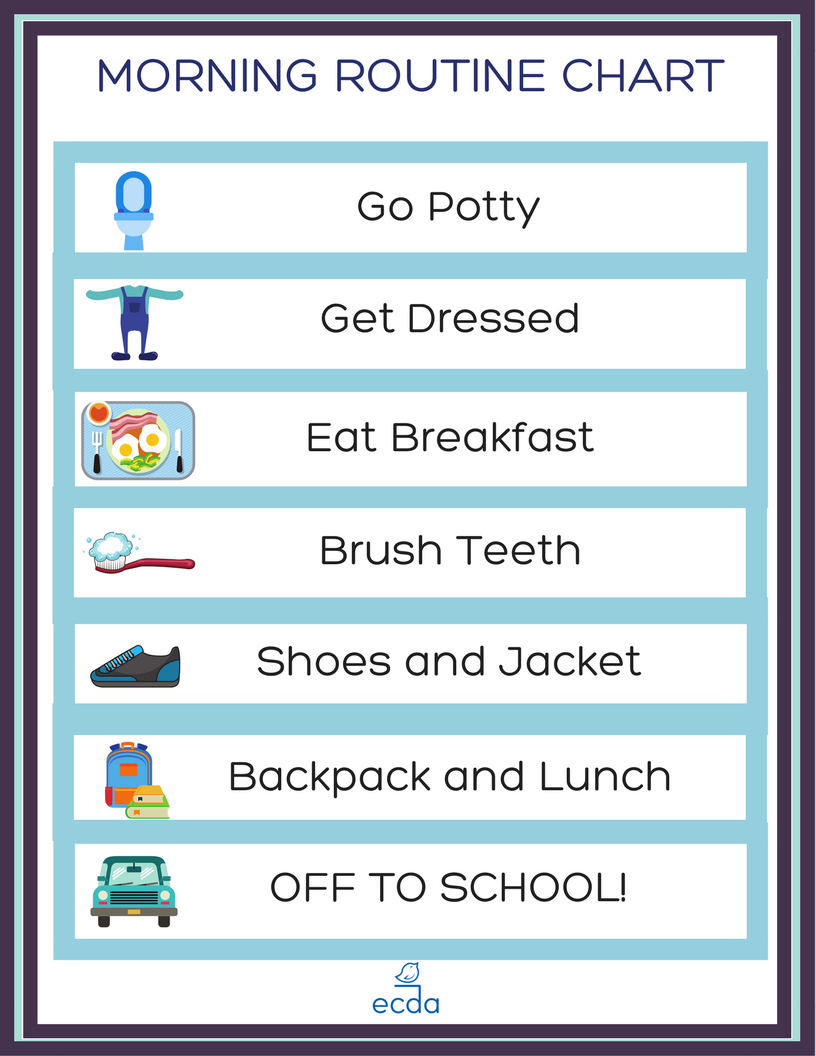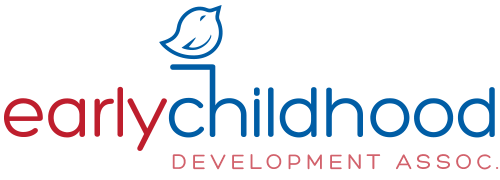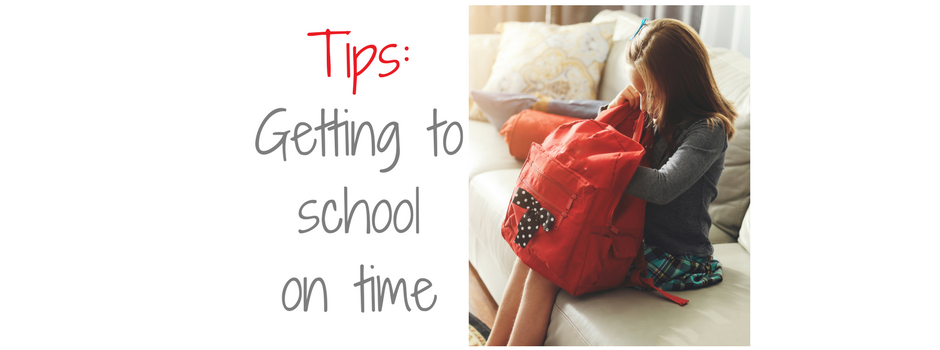It’s officially October and it’s still difficult to get your preschooler out of the door in the morning! Your Routine has changed and getting ready to go to preschool might be a challenge. It is no news that children need routine.
Here are some tips to start off the day and a sample Morning Routine Chart to post where your child can refer to it.
1. Enough Sleep
2. Prepare
3. Get up early
4. Morning chart
5. Play some music
6. Try to remain calm

1. Enough sleep
Before even waking up it is important that the night routine is up and running. To avoid meltdowns in the morning, your child must be well rested.

2. Prepare
The night before, get your child to pick her clothes and pack all her school essentials. A clever idea is to assign a place – maybe a shelf or a table by the door– to store the school related items: the backpack, lunch box, shoes and clothes all together; That way you won’t be running after everything in the morning.
The night before, after putting the kids to sleep, is your time to prepare. Make sure to prepare breakfast and lunch boxes. Keep it simple and quick. Save elaborated breakfasts for the weekend.

3. Get up early
Set the example. Wake up earlier than your children. Be ready to go, so you encourage them to be ready too.

4. Morning chart
Create a morning chart for the family. And hang it somewhere where your child can see. Make it with images so your preschooler can understand it. A good idea is to have stickers that your child can earn if the tasks are done on time. Here is one Morning Chart example:

6. Play some music
Music is a great way to soothe children. And it can also be used as a timer. Your playlist can be related to getting ready to school.

6. Try to remain calm
Mornings can be stressful. But, try not to rush. Slow down, use a calm tone of voice. Explain to your child that getting ready is a task for everyone, that you need his/her help. Your child will mirror your attitudes, so be the role model. Try to focus on speaking in a lower voice level and not getting frustrated.

You will see that after some time your child will say “Mommy, now it’s time to eat breakfast”. When there is a routine in place you show your child how to organize time. She will know what to expect. Routines give a sense of security and help children to understand the ability to control their lives. Children love to be in charge; set the routine and have them do as much as they can without reminders! Sometimes simply pointing to the chart is enough to get them going!
Written by Marilee Hartling and Paula Boscardin


Recent Comments